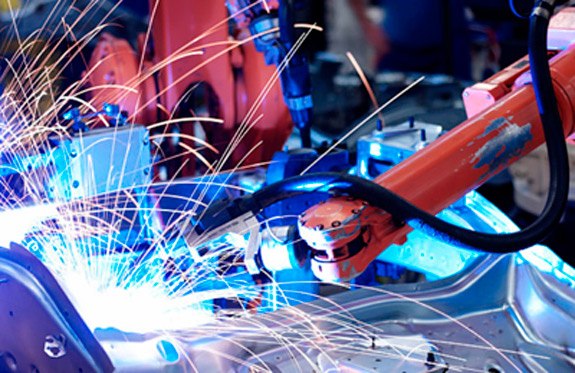The engine cooling system is one of the most important systems in any vehicle. It is responsible for regulating the engine's temperature and preventing it from overheating, which can cause serious damage to the engine components. The cooling system is made up of several components that work together to keep the engine operating within the proper temperature range. In this article, we will discuss the different cooling system parts and their functions.
The radiator is one of the most important components of the cooling system. It is responsible for removing heat from the engine coolant and dissipating it into the air. The radiator is typically located in the front of the vehicle, behind the grille. As coolant flows through the radiator, it is cooled by the airflow passing through the fins and tubes. The radiator also has a cap that allows excess pressure to escape from the system.
The water pump is responsible for circulating the coolant throughout the engine and radiator. It is driven by a belt or a chain that is connected to the engine's crankshaft. The water pump such as the auto electric water pump is typically located on the front of the engine and is usually driven by a pulley. As the engine runs, the water pump circulates coolant through the engine and radiator to regulate the engine's temperature.
The thermostat is a small, but important component of the cooling system. It is responsible for regulating the flow of coolant through the engine and radiator. The thermostat, for instance, the automotive electronic thermostat is located between the engine and the radiator and is designed to open and close at specific temperatures. When the engine is cold, the thermostat is closed, which prevents coolant from flowing through the radiator. As the engine warms up, the thermostat opens, allowing coolant to flow through the radiator and cool the engine.
The coolant, also known as antifreeze, is a liquid that is used to transfer heat away from the engine. It is typically a mixture of water and ethylene glycol or propylene glycol. The coolant flows through the engine and radiator, absorbing heat as it circulates. The coolant also has anti-corrosion and anti-freeze properties, which help to protect the cooling system from damage and prevent the coolant from freezing in cold temperatures.
The fan is responsible for drawing air through the radiator to dissipate heat. There are two types of fans: electric and mechanical. Electric fans are typically located behind the radiator and are controlled by a thermostat or a switch. Mechanical fans are driven by the engine's crankshaft and are typically located in front of the radiator. The fan is designed to operate at specific temperatures and speeds to ensure that the engine is cooled properly.
Hoses are used to transport coolant between the engine, radiator, and other components of the cooling system. They are typically made of rubber and are designed to withstand high temperatures and pressure. Over time, hoses can become brittle and crack, which can lead to leaks and other cooling system problems. It is important to inspect automotive coolant hose regularly and replace them if they show signs of wear or damage.
Proper maintenance of the cooling system is essential for the longevity and performance of the engine. Here are some tips for maintaining the cooling system:
Check the coolant level regularly and add coolant if necessary.
Inspect hoses for wear or damage and replace them if needed.
Flush and replace the coolant according to the manufacturer's recommended schedule.
Check the radiator cap for wear or damage and replace it if necessary.
Inspect the fan and its components for wear or damage and replace them if needed.
Check the temperature sensor and replace it if it is malfunctioning.
The automotive engine cooling system is a critical component of any vehicle. It is responsible for regulating the engine's temperature and preventing it from overheating, which can cause serious damage to the engine components. The cooling system is made up of several components, including the radiator, water pump, thermostat, coolant, fan, and hoses. Each of these components plays an important role in ensuring that the engine stays cool and operates at peak performance. Regular maintenance, such as flushing and replacing the coolant, inspecting hoses for wear, and checking the thermostat, can help to keep the cooling system functioning properly and extend the life of the engine.
